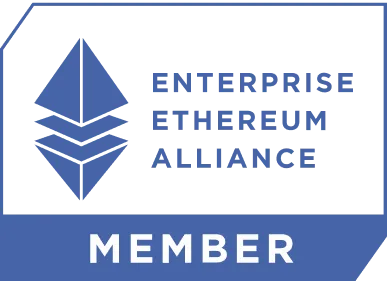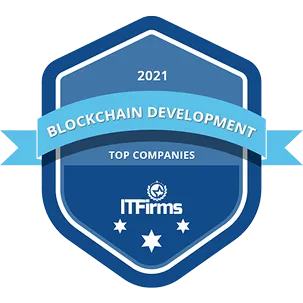Case Study: Integrating Solana, TON & EVM into Fiat Onramp

Project Goals
Wert’s existing onramp system supported multiple networks through a state machine-based architecture with several abstraction layers. The objective was to integrate four additional networks — Solana, TON, Avalanche, and Rootstock — while maintaining a consistent transaction flow and ensuring system security.
Each network had distinct characteristics: Solana’s approval process exposes the wallet’s full balance, TON is a sharded blockchain with a unique architecture, and Avalanche and Rootstock, while Ethereum-like, required careful adaptation to Wert’s existing logic. The integration also needed to preserve a chain-agnostic design to enable future expansions without major architectural changes.
Our Approach
We began by analyzing the existing infrastructure and identifying the unique requirements of each network.
Avalanche and Rootstock
For Avalanche and Rootstock, the integration initially seemed like it would only require configuration changes. However, full implementation involved writing smart contracts, which we developed in Solidity. Wert already had experience with Ethereum and Ethereum-like networks, which allowed us to leverage existing logic and abstractions for these integrations.
Solana
After successfully implementing the first two networks, we moved on to Solana. Solana introduced unique challenges because approving a transaction grants access to the wallet’s entire balance. Since Wert’s system executes instructions provided by counterparties, there was a risk that a faulty or malicious instruction could attempt to withdraw all funds. This wallet is used for cash-ins and distributing Solana to users, as well as holding other tokens on the network.
To address this, we conducted extensive research and developed methods to safely simulate instructions, ensuring only intended operations would execute. We delivered both a simple integration, based on direct wallet operations, and a full chain-native implementation using smart contracts written in Rust, providing complete functionality on Solana.
TON
The next step was TON. For TON, we implemented only a simple integration. TON is a sharded blockchain and differs significantly from Ethereum-like networks, so the challenge was adapting this unusual architecture to Wert’s existing system while keeping the same abstractions used across other networks.
We didn’t aim to optimize transaction processing speed at this stage; instead, we focused on proactively addressing security, making sure the integration wouldn’t introduce risks to the client. Security was the primary challenge and the main consideration throughout the work.
Technical Highlights
- Solana: Implemented approval mechanisms and instruction simulation to prevent unauthorized withdrawals.
- Ton: Adapted a sharded blockchain to existing abstractions in Wert’s system.
- Avalanche and Rootstock: Developed Solidity contracts to enable full chain functionality.
- Cross-chain architecture: Designed solutions to work with multiple blockchains while keeping the system modular and secure.
Results
- Successfully integrated four new networks into Wert’s multi-chain system.
- Delivered solutions that were secure, chain-agnostic, and adaptable to future expansions.
- Established architectural patterns for multi-chain support that can be reused for other projects.









%201.webp)



